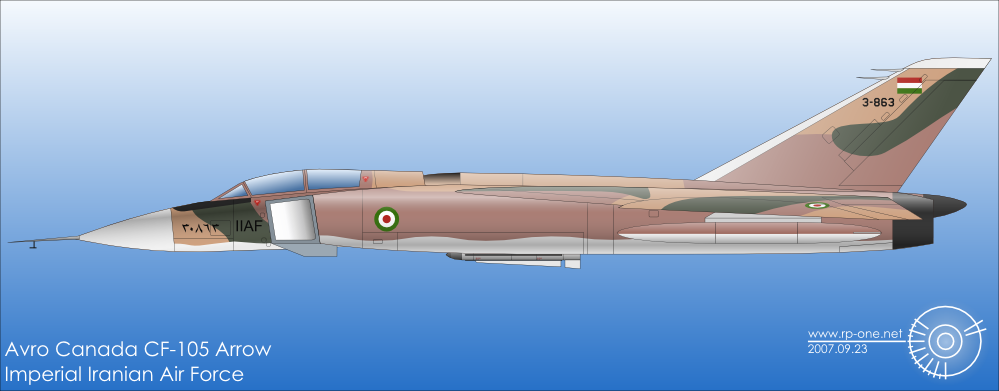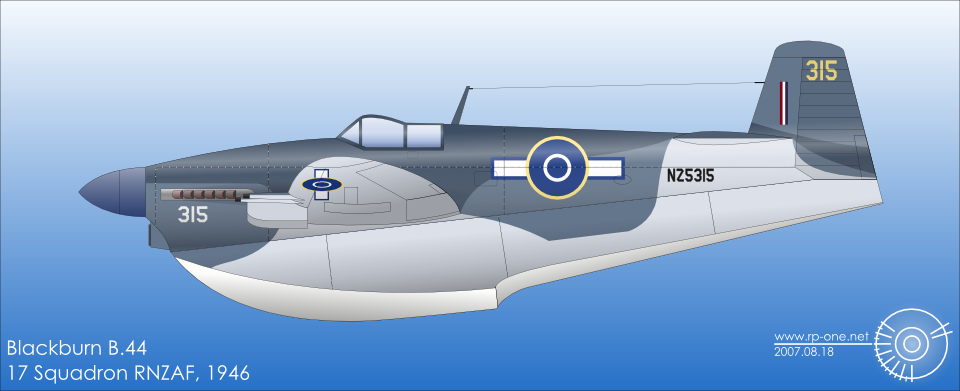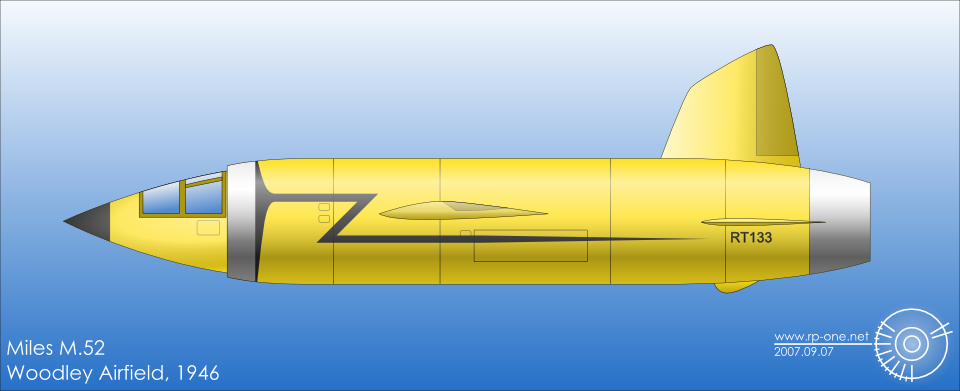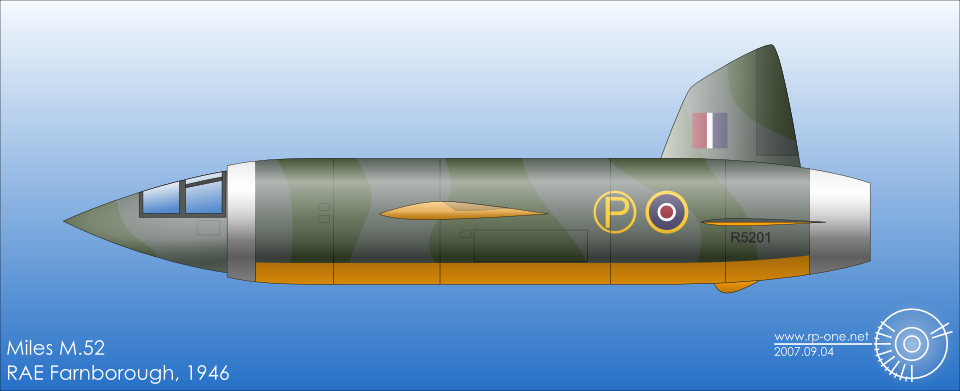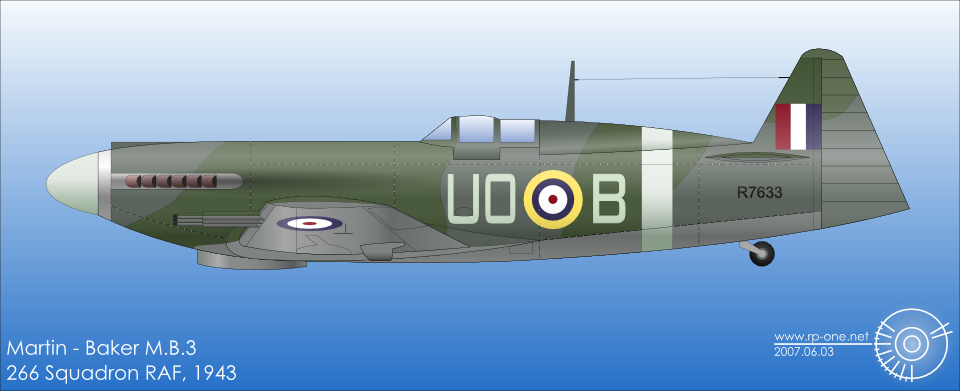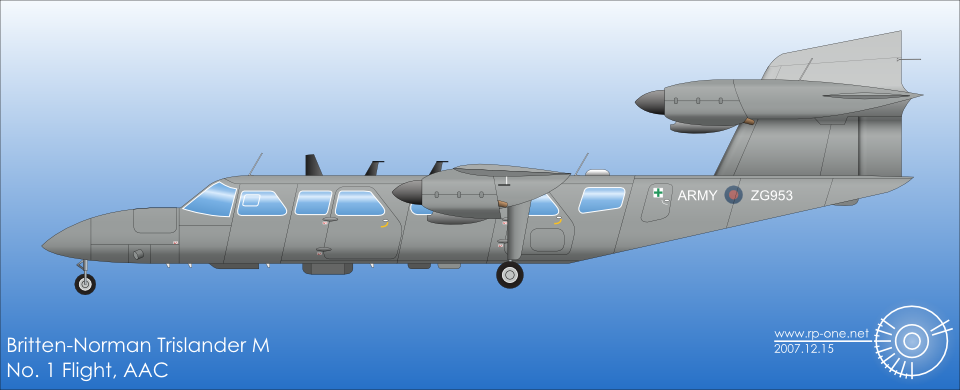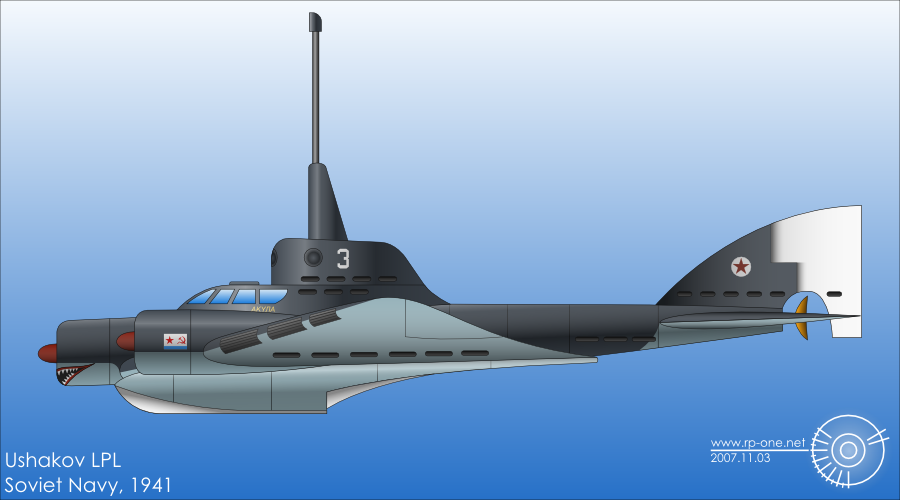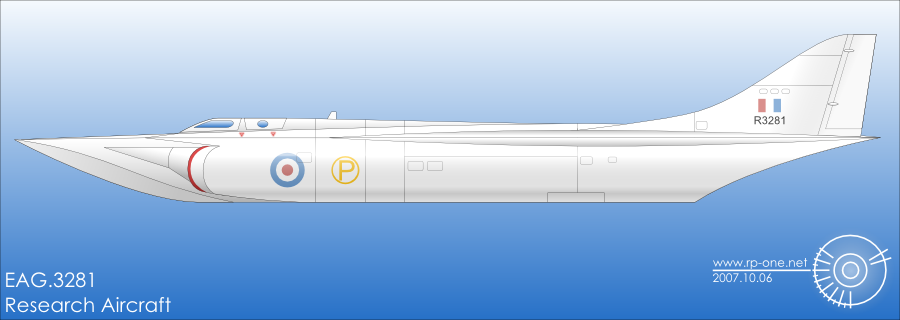  |
Introduction |
| This
page is a
gallery of profiles of 20th Century aircraft.
The profiles were made with the freeware vector based graphics software Inkscape. LINK The main sources for these profiles are the excellent "Secret Projects" series of books by Tony Buttler. LINK |
| Click the thumbnail
images below to move to the relevant part of the
page. |
    |
    |
    |
 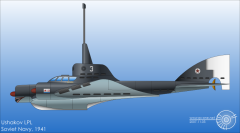  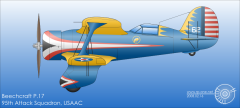 |
                               |
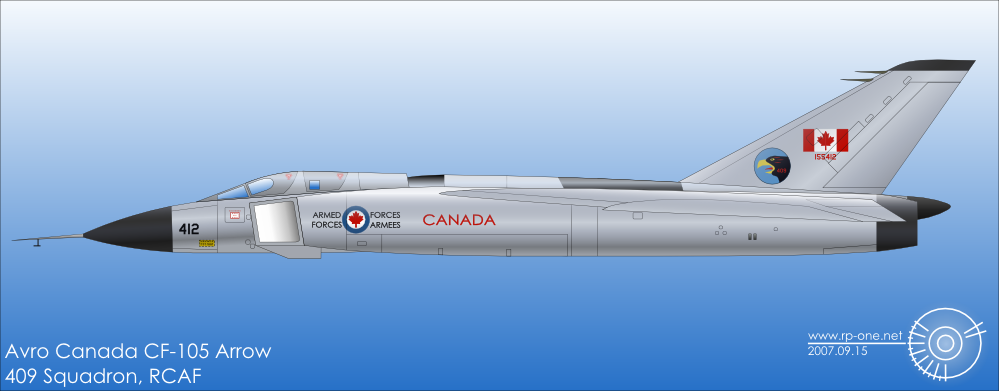 |
                               |
 |
The
mighty Avro
Canada CF-105 Arrow, in natural metal finish (NMF). |
 |
 |
                               |
 |
                               |
 |
The
Arrow again, this
time in the colour scheme worn by a CF-101 Voodoo
when it was used as
an Electronic Warfare test aircraft. Note the
additional antennae. |
 |
 |
                               |
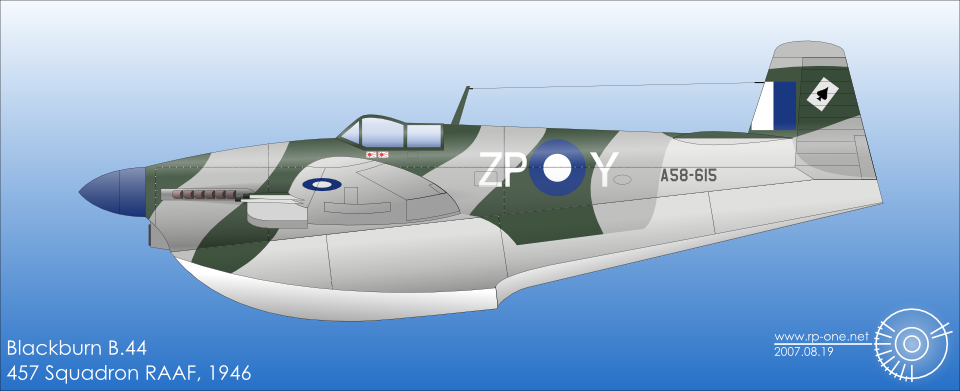 |
                               |
 |
Of
course, if the New
Zealanders have them, then so do the Australians... |
 |
 |
                               |
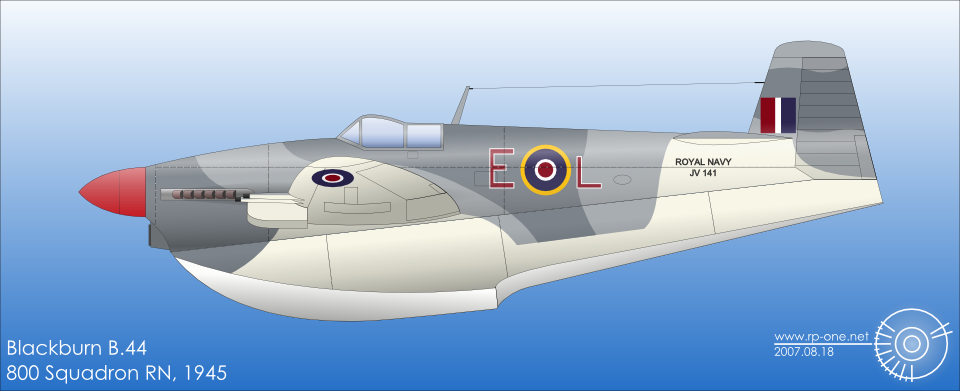 |
                               |
 |
And
also the RN, in
the attractive three tone scheme. The B.44
would have been armed
with four 20mm cannon in the wings. |
 |
 |
                               |
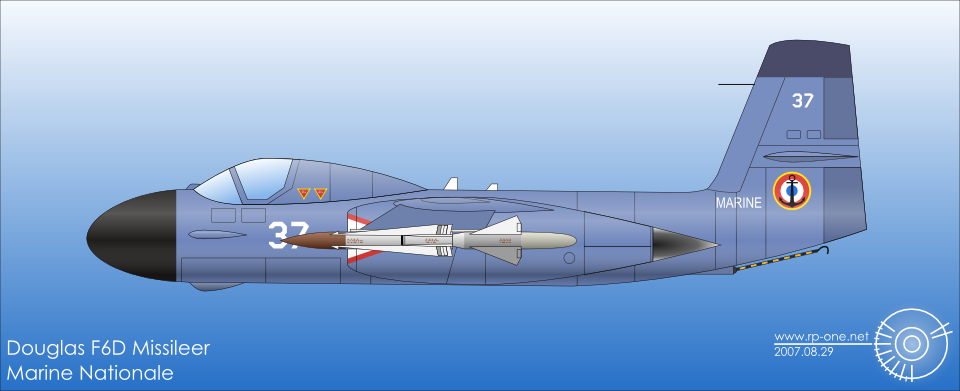 |
                               |
 |
And
just to mix
things up a little, here's a version in French
service. |
 |
 |
                               |
 |
                               |
 |
The
BAC Type 1199 was
a development of the Super VC-10 seating 284
passengers in a widebody
fuselage. |
 |
 |
                               |
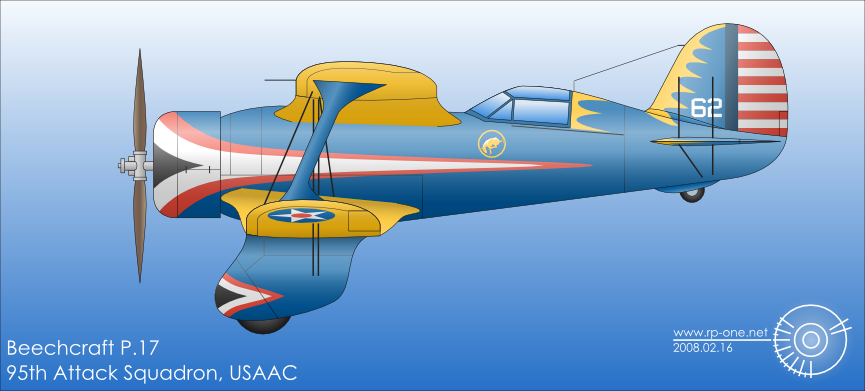 |
                               |
 |
The
Beechcraft P.17 is a single-seater fighter
derivative of the famous
Staggerwing. There is no information availble on
line and it may never
have been seriously proposed, but for sheer looks
alone it should have
been. Shown here in USAAC colours such a machine
could have seen
extensive export success in the 1930s in a similar
manner to the
Curtiss Hawk series. Examples of possible operators
are shown here. |
 |
 |
©
Rachel Pawling, 2015
Correspondence to rachel@rp-one.net
pr_s - v.1
Correspondence to rachel@rp-one.net
pr_s - v.1






